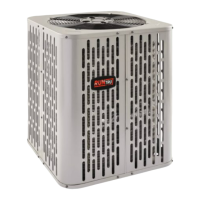
Do you have a question about the Trane A4AC3030A1000C and is the answer not in the manual?
| Model | A4AC3030A1000C |
|---|---|
| Type | Air Conditioner |
| Cooling Capacity | 2.5 tons |
| Stages | Single Stage |
| Refrigerant | R-410A |
| Voltage | 208/230V |
| Phase | 1 |
| Hertz | 60 Hz |
| Maximum Overcurrent Protection | 25 amps |
| Sound Level (Outdoor Unit) | 76 dB |
| Weight (Outdoor Unit) | 220 lbs |
| Cooling Capacity (BTU) | 30000 BTU |
| Compressor Type | Scroll |
| HSPF Rating | Not Applicable |
Lists the available outdoor unit models for the condensing units.
Outlines critical safety warnings and precautions for installation and service personnel.
Provides physical dimensions and estimated weights for various outdoor unit models.
Specifies maximum total length and vertical change limits for refrigerant lines.
Details clearance, noise, and airflow requirements for optimal unit placement.
Provides guidance for installing units in areas prone to snow and freezing temperatures.
Instructions for checking the unit for damage and reporting issues before installation.
Recommendations for properly installing the unit on a support pad.
Details line sizes and service valve connections for different rated line sizes.
Explains the factory refrigerant charge for the outdoor condensing unit.
Instructions for determining the necessary refrigerant line length and lift.
Emphasizes the importance of insulating the vapor line and preventing contact.
Precautions and guidelines for using existing refrigerant lines in retrofit applications.
Guidance to prevent noise transmission and ensure proper routing of refrigerant lines.
Step-by-step instructions for preparing and brazing refrigerant lines.
Procedure for checking refrigerant lines and coils for leaks using dry nitrogen.
Steps for evacuating refrigerant lines and indoor coil to a specific micron level.
Instructions on how to properly open the gas service valve.
Safety warning and steps to safely open the liquid service valve.
Table specifying maximum lengths for low voltage wiring based on wire gauge.
Wiring diagrams for connecting thermostats, air handlers, and outdoor units.
Safety warning and requirements for connecting the high voltage power supply.
Recommendation to install a separate disconnect switch for high voltage connections.
Requirements for properly grounding the outdoor unit according to codes.
Step-by-step instructions for powering up and starting the installed system.
Guidelines for measuring outdoor and indoor temperatures relevant to system charging.
Procedure for subcooling charging when outdoor ambient is above 55°F.
Table to determine superheat for systems with fixed orifice metering devices.
Recommended method for charging below 55°F outdoor temperature using weigh-in.
Final inspection and checkout list to ensure proper system operation and safety.
Troubleshooting flowchart for diagnosing issues when the compressor fails to start.
Troubleshooting flowchart for diagnosing issues when the compressor is not running.
A comprehensive guide to diagnosing system faults and their causes.
Schematic diagrams illustrating refrigerant flow for various ton unit sizes.


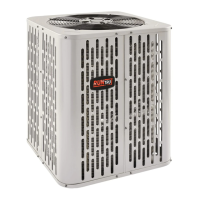
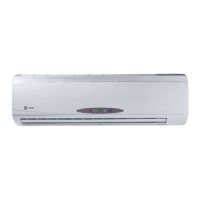
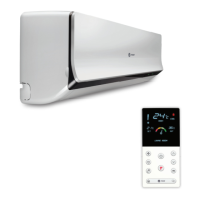
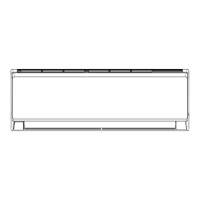

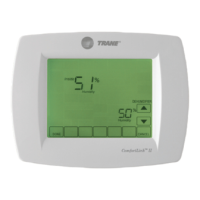
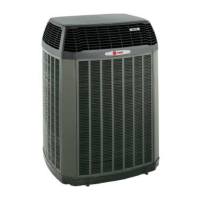



